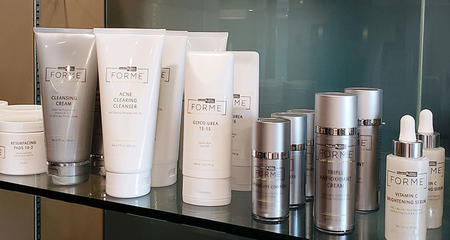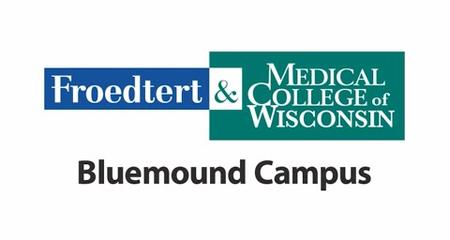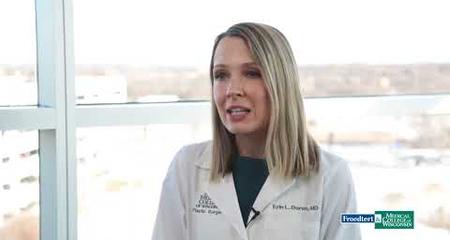In a rhinoplasty (sometimes called a "nose job"), a plastic surgeon works to shape, resize or repair your nose. You may have rhinoplasty for several reasons.
- Change the size of your nose (make it larger or smaller)
- Repair a broken nose or nasal deformity
- Improve breathing
- Change the size or shape of your nostrils
- Change the bridge or tip of your nose
Preparing for Rhinoplasty
At your initial appointment, your plastic surgeon will sit down with you to talk about the shape of your nose, how you would like it to look and any breathing issues you may have. Staff may take "before" pictures, and the doctor may order lab tests and X-rays of the face or chest.
We will also take a health history, including the following:
- Any drugs you are taking, including all prescription, over the counter, vitamins and herbal supplements
- Any allergies to medications
- Any bleeding issues, including any blood-thinning medication or supplements that increase risk for bleeding
Your care team will tell you when to stop eating and drinking before the procedure, and you will need to find someone to drive you home after the procedure.
What Happens During Rhinoplasty
The length of the surgery varies depending on the amount of reconstruction. You will have an IV in your arm with fluids and medication, including a drug to make you sleep so that you do not feel any pain during the surgery.
Your surgeon will make an incision to lift the skin off of your nose and remove any bones that need fixing or reshaping. The surgeon will also adjust the cartilage in your nose for its new shape. The surgeon may need to take cartilage from the ear if more is needed.
Once your new nose structure is in place, your surgeon adjusts the skin to fit the new structure and tapes the skin tightly. Finally, your surgeon will close the incisions with stitches, cover them with bandages and put a special splint in place to maintain the shape of your nose. Nasal packs made of gauze may be inserted for support.
After Rhinoplasty
Your care team will take you to a recovery room and provide pain medication. You will most likely go home in a few hours. In addition so standard post-surgery instructions, there will be specific instructions for your nose.
- You should not blow your nose for at least a month.
- Do not put pressure on your nose. Do not wear glasses or hold your breath. Avoid bending over. Squat if you need to pick something up.
- Avoid sports and exercise where you could bump your nose.
- Limit your time in the sun to less than 15 minutes, so as not to get a sunburn on your nose.
You will have swelling and pain for a few days. Your surgeon may prescribe medications to prevent infection and lessen pain and swelling. If you are still in pain, wrap an ice pack or bag of frozen peas in a towel and place it on the painful area. Do not leave it on for more than 15 minutes at a time and never lay it directly on the skin or bandages. Elevate your head on two or three pillows to help reduce swelling. Get plenty of rest.
Your doctor will tell you when you can take a shower or bath, if you have restrictions on how much weight you can lift and when you can resume normal physical activities, work or driving. If something is unclear, ask questions. Your care team will talk to you about how to care for your incisions and how to change your bandages. Always wash your hands before touching your bandages or wound area. Watch for signs of infection, including:
- Fever over 100.4°F (38°C)
- Chills
- Excessive swelling
- Redness
- Warmth around the wound
- Yellow, green or bloody discharge
- Foul smell coming from the wound
Call your doctor immediately if you experience any of these symptoms.
Your surgeon will need to remove any staples or stitches and also check on your progress. We will schedule these appointments before you leave on the day of your surgery.
Rhinoplasty Risks
As with any surgery, there are risks involved. You may experience nosebleeds or blood clots, so make sure you tell your surgeon about any history with either of these. Some patients report breathing problems.
Your skin may not heal well, and your incisions may get infected, so be sure to follow your care team's instructions regarding cleansing and follow-up care. There may be some scarring.
Your doctor will discuss specific risks with you prior to your procedure.
Before and After Rhinoplasty
These are typical results, but every patient is different.



Virtual Visits Are Available
Safe and convenient virtual visits by video let you get the care you need via a mobile device, tablet or computer wherever you are. We'll assess your condition and develop a treatment plan right away. To schedule a virtual visit, call 414-777-7700.
More to Explore





